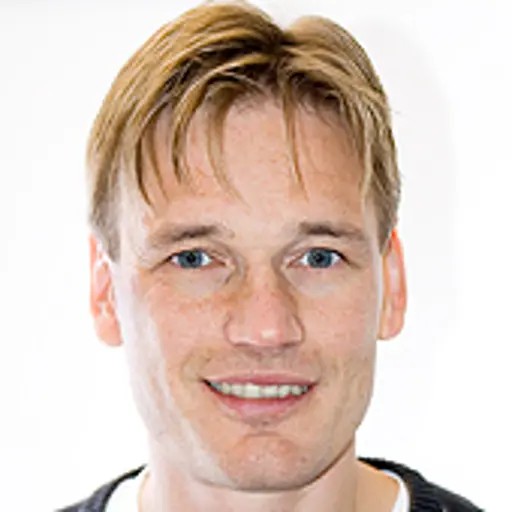Course syllabus adopted 2023-02-12 by Head of Programme (or corresponding).
Overview
- Swedish nameMaskininlärning och datadriven modellering i mekanik
- CodeIMS135
- Credits7.5 Credits
- OwnerMPAME
- Education cycleSecond-cycle
- Main field of studyMechanical Engineering, Civil and Environmental Engineering, Engineering Physics
- DepartmentINDUSTRIAL AND MATERIALS SCIENCE
- GradingTH - Pass with distinction (5), Pass with credit (4), Pass (3), Fail
Course round 1
- Teaching language English
- Application code 03138
- Block schedule
- Open for exchange studentsYes
Credit distribution
Module | Sp1 | Sp2 | Sp3 | Sp4 | Summer | Not Sp | Examination dates |
|---|---|---|---|---|---|---|---|
| 0123 Project 3 c Grading: UG | 3 c | ||||||
| 0223 Examination 4.5 c Grading: TH | 4.5 c |
|
In programmes
- MPAME - APPLIED MECHANICS, MSC PROGR, Year 1 (compulsory elective)
- MPAME - APPLIED MECHANICS, MSC PROGR, Year 2 (elective)
Examiner
- Magnus Ekh
- Full Professor, Material and Computational Mechanics, Industrial and Materials Science
Eligibility
General entry requirements for Master's level (second cycle)Applicants enrolled in a programme at Chalmers where the course is included in the study programme are exempted from fulfilling the requirements above.
Specific entry requirements
English 6 (or by other approved means with the equivalent proficiency level)Applicants enrolled in a programme at Chalmers where the course is included in the study programme are exempted from fulfilling the requirements above.
Course specific prerequisites
At least one course on advanced level that combines mechanics and programming (Matlab/Python). Examples of this can be: Structural dynamics TME141, Computational fluid dynamics MTF073, Finite element structures TME245, Compressible flow TME085, Rigid body dynamics MMA092 or Material mechanics MHA043.Aim
The course includes evaluation
and application of machine learning and data-driven modelling for problems in mechanics,
solid mechanics and fluid dynamics.
Learning outcomes (after completion of the course the student should be able to)
- Explain fundamental concepts of different types of machine learning.
- Describe and implement algorithms for machine learning.
- Apply deep learning techniques to supervised tasks.
- Explain, implement and use physics informed neural networks for solving problems in mechanics, solid mechanics and fluid dynamics.
- Apply machine learning and data driven modelling in mechanics, solid mechanics and fluid dynamics.
Content
Fundamental concepts in
machine learning, optimization techniques, regularization, neural networks, training
a network, activation functions, automatic differentiation, surrogate models,
physics-informed neural networks, data-driven inference, data-driven
identification, deep energy method, uncertainty quantifications in experiments
and simulations, reduced-order modelling, Support Vector Regression (SVR),
Support vector machines (SVM), Python programming, PyTorch.
Organisation
Lectures, problem solving sessions and supervision. Supervised projects where machine learning and data driven modelling are applied to material mechanics, fluid dynamics and dynamics. The choice of project is decided by background and interest of the student.Literature
Kollmannsberger, Davide DAngella, Moritz Jokeit, Leon Herrmann. Deep Learning in Computational Mechanics, Springer 2021, https://doi.org/10.1007/978-3-030-76587-3 complemented with a book or lecture notes.Examination including compulsory elements
To pass the course the student must be passed on the project and on the exam. The grade is determined by the exam.The course examiner may assess individual students in other ways than what is stated above if there are special reasons for doing so, for example if a student has a decision from Chalmers about disability study support.
The course syllabus contains changes
- Changes to course rounds:
- 2023-03-31: Block Block B added by Examinator
[Course round 1]
- 2023-03-31: Block Block B added by Examinator
- Changes to examination:
- 2023-12-08: Location Location changed from Johanneberg to Johanneberg, Computer by Tentamen
[2024-08-20 4,5 hec, 0223] - 2023-12-08: Location Location changed from Johanneberg to Johanneberg, Computer by Tentamen
[2024-01-03 4,5 hec, 0223]
- 2023-12-08: Location Location changed from Johanneberg to Johanneberg, Computer by Tentamen
